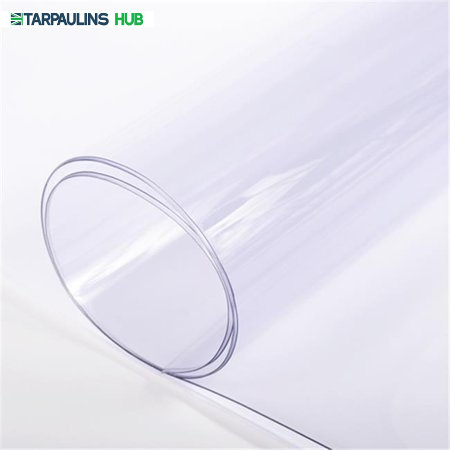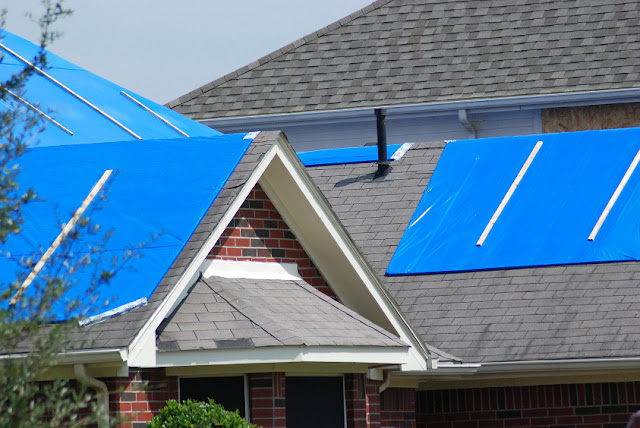Sizing Heavy Weight Tarpaulins
When a job calls for the use of Heavy Weight Tarpaulins of a very specific size, it is important to understand how they are sized. Having one that is too small can expose stored materials and equipment to the elements, and can lead to damage or loss. Oversized covers can present a problem if the excess material gets caught or pinched. For a truck tarp, if the excess material is left loose and flapping, this can also expose the materials underneath to the elements.
To more readily see how to buy the right measured covering for a particular work, know the contrast between cut size and completed size, how size can change with use, and which materials are most appropriate for specific positions.
They Can Change Size?
A few materials are really known to change size. For instance, Canvas Tarpaulins are vulnerable to shrinkage over the long haul. Since they are produced using a characteristic fiber, they will in general agreement as they get wet and dry in cycles. It is hard to unequivocally anticipate how much the size will change, yet a protected gauge would be 6 inches or 5% of the longest measurement, whichever is more noteworthy. For explicit employment forms where an exact size is particularly significant, the canvas is ordinarily not a decent decision.
Materials that don't change size are known as size-stable; this is one more significant term to realize when requesting a custom item.
How They Are Sized And Sold
White Tarpaulins have two particulars with regards to estimating. To start with, cut size is the size of the texture when it is first cut however before it is stitched and made into a completed item. The completed size, then, at that point, is the genuine size of the completed item after the fixes of texture are collapsed and sewed and the creases are sewn. The completed size will consistently be more modest than the cut size. These two terms are significant when requesting custom arrangements. While submitting a request, ensure the item will be the right size after it has been made and conveyed.
Material Selection
Since tarps can differ in size during use, pick the right material and in addition to the most prudent choice. As referenced above, the canvas isn't size stable and ought to be kept away from if shrinkage will be an issue.
Fortunately, there are numerous choices for size stable materials. Poly, vinyl, neoprene, and blue tarps are all size stable decisions. Blue polys will in general be a well-known decision because of their minimal expense, lightweight, and adaptability in a wide number of employments. Vinyl makes for a more grounded material than poly, which is the reason it is utilized for Economy Tarpaulins items, permitting these tarps to be utilized in shipping and trailering. Neoprene is a high-strength, significant expense material that is impervious to synthetics and functions admirably for very good quality use.
In the end, sizing Super Heavy Weight Tarpaulins is a straightforward process. Keep the difference between cut size and finished size in mind. Then, pick a size stable material such as poly or vinyl, or go with canvas if a varying size is not a problem.




Comments
Post a Comment